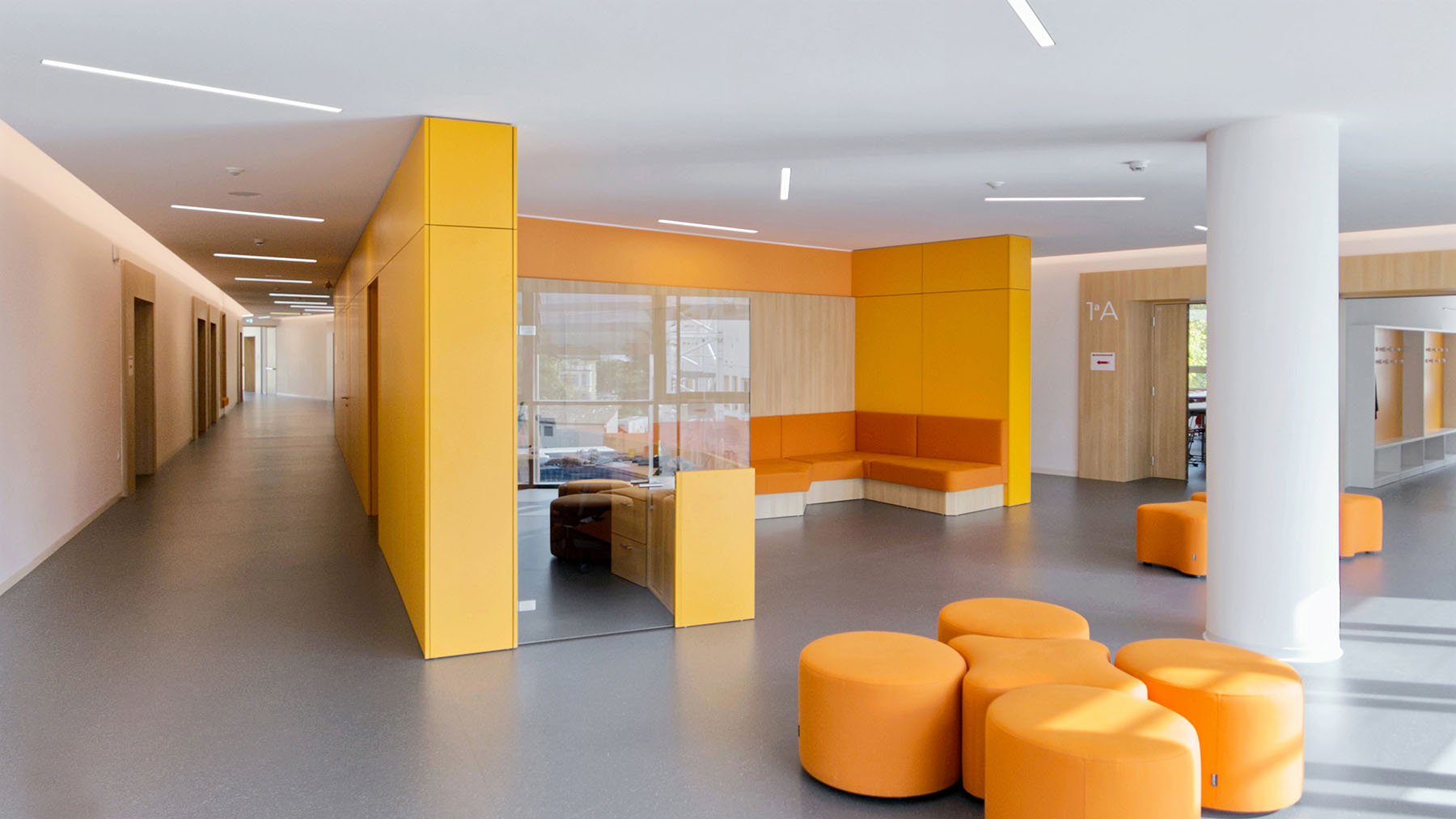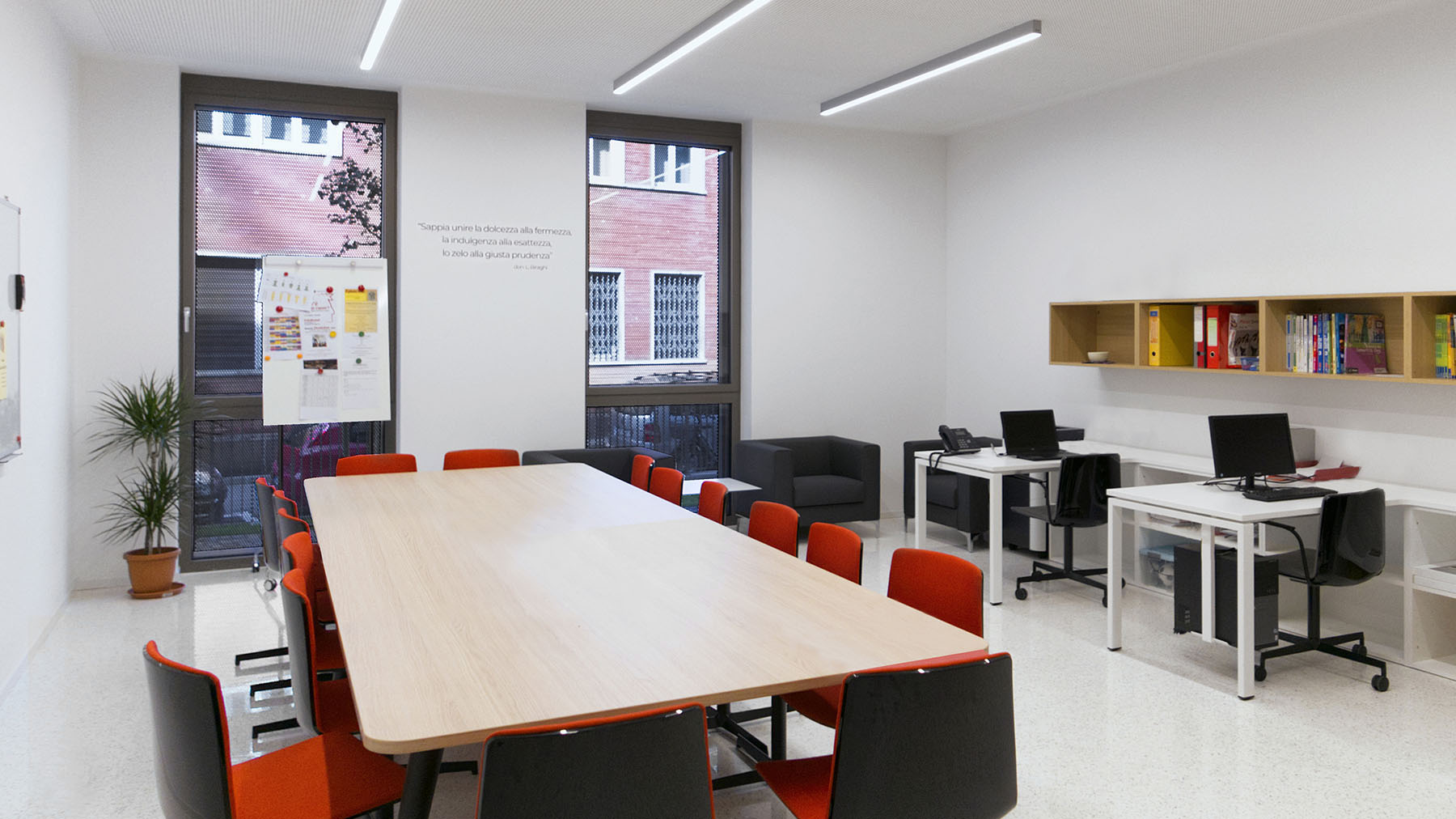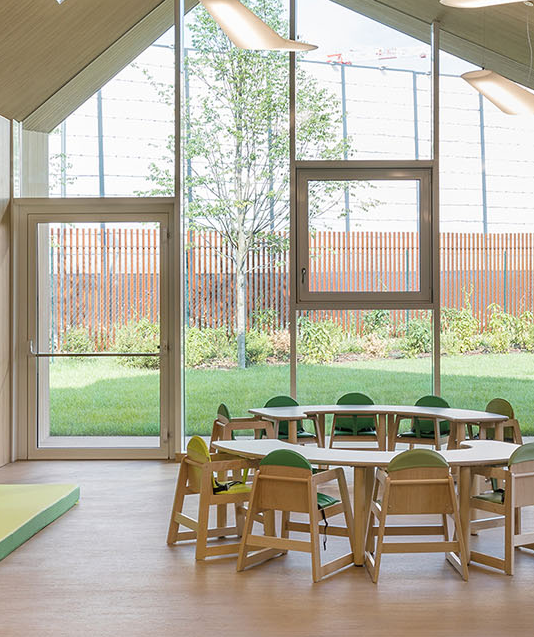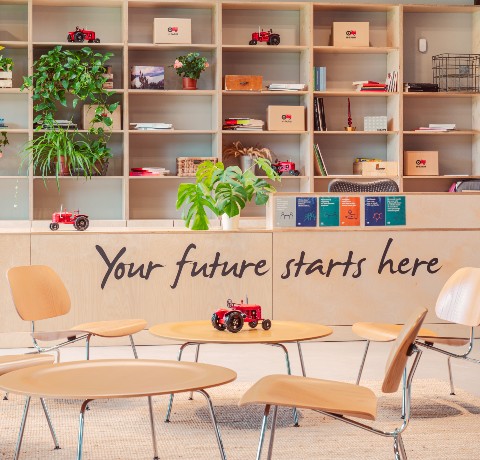Ergonomic Solutions for Child-Centered School Furniture
Creating the ideal learning environment for elementary school children starts with selecting the right school furniture. Well-chosen furniture not only enhances comfort and ergonomics but also contributes to the overall aesthetic of the classroom.
In this comprehensive guide, we’ll walk you through how to choose the perfect furniture for elementary schools - from desks and chairs to storage solutions and classroom layouts - ensuring a functional, stimulating, and welcoming learning space.
Transforming Learning Spaces with the Right School Furniture
When selecting school furniture for young learners, it’s crucial to consider their specific developmental needs. At this age, children are rapidly growing - both physically and cognitively - so furniture must support good posture, comfort, and interaction.
In this article you will find the essential guidelines to help you choose the best classroom furniture for elementary students.
GAM offers free consultation to schools for designing learning environments
Contact us today for a free quote!

Key Factors to Consider When Choosing School Furniture
- Appropriate Size and Height
Desks and chairs should be appropriately sized so children can sit comfortably with their feet flat on the floor. Height-adjustable desks allow for adaptability as students grow. - Durable Materials
Choose sturdy, easy-to-clean materials like high-impact plastic or coated wood to ensure longevity and hygiene. - Ergonomics and Comfort
Chairs should feature ergonomic backrests and padded seating to promote proper posture and reduce fatigue. Desks should allow ample legroom and feature a slightly sloped writing surface to minimize eye and neck strain. - Space for Collaboration
Opt for modular desks and chairs that can be easily moved and grouped together to support collaborative learning and group activities. - Effective Storage Solutions
Provide shelving, cabinets, and storage units to help keep educational materials, books, and toys organized and easily accessible - supporting a tidy and productive learning space.
Discover GAM's projects for primary and secondary school furnishings.

Frequently Asked Questions for Elementary School Furniture
What are the recommended dimensions for desks and chairs in elementary schools?
Desks should typically be 55–60 cm high and 70–75 cm wide. Chair seat heights should be around 30–35 cm to allow students to sit with their feet flat on the floor.
What are the best materials for school furniture in elementary classrooms?
Durable, easy-to-clean materials like high-quality plastic or lacquered wood are ideal. Make sure materials are also non-toxic and child-safe.
What features help promote proper posture?
Look for chairs with supportive, ergonomic backrests and desks with sloped surfaces. Height-adjustable desks are especially beneficial as children grow.
How can furniture encourage collaboration among students?
Use lightweight, movable tables and chairs that can be reconfigured for group work. Leave enough space between furniture to allow movement and easy interaction.
How can I organize classroom materials efficiently?
Use labeled shelving, cabinets, or drawer units to sort materials by type or activity. Clear or color-coded bins help students identify and return items independently, reinforcing organization skills.
Why School Furniture Matters in Elementary Education
Furniture plays a critical role in creating an engaging, effective learning environment for elementary students.
The right furniture promotes focus, creativity, and physical well-being, while also supporting collaboration and independent learning.
Choosing the right solutions involves understanding students’ needs and selecting pieces that are durable, safe, ergonomic, and visually appealing.
Explore GAM’s kindergarten and elementary school furnishings through photos of the H-FARM project.
Selecting the perfect school furniture for elementary students requires thoughtful consideration. Beyond comfort and functionality, it’s important to align furniture choices with children’s developmental needs, classroom goals, and the broader school vision. A well-designed classroom can significantly enhance students’ learning experience, making education not just effective - but inspiring.


